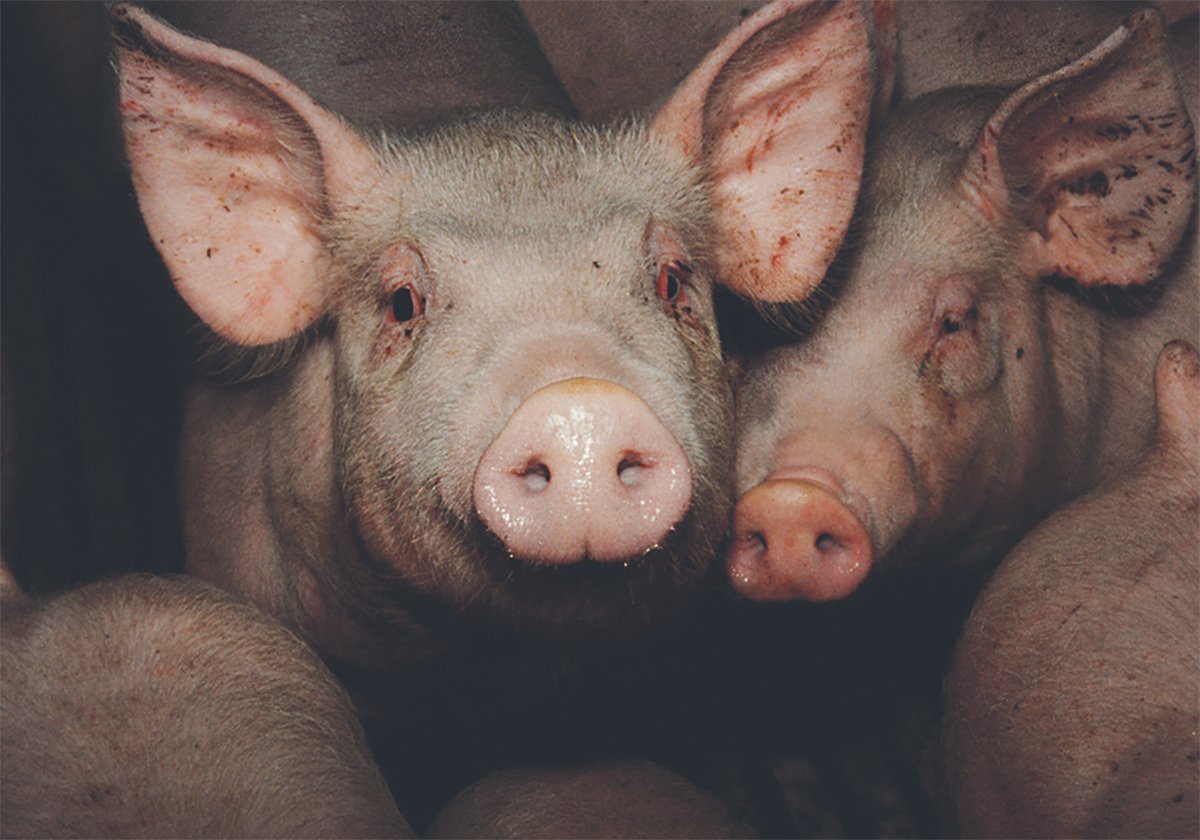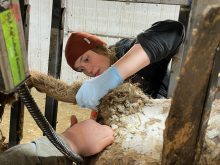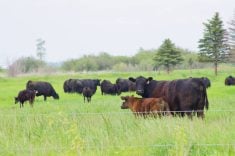Grandma’s advice to wear a sweater to prevent catching a cold may be supported by science, as evidence linking extreme hot and cold weather with human illness and death is growing.
For example, a 2016 study of Ontario residents published in the Canadian Medical Journal confirmed that more people die during and immediately after extremely cold weather than during average temperatures.
Specifically with influenza, there is a long-established link between fall and winter seasons and this respiratory infection.
In animals, there are a few examples of similar associations be-tween weather and disease.
Read Also

The Western Producer Livestock Report – October 30, 2025
Western Producer Livestock Report for October 30, 2025. See U.S. & Canadian hog prices, Canadian bison & lamb market data and sales insights.
Horses seem to colic more often during colder times of the year compared to summer. The reason is often attributed to a dry hay diet combined with issues related to water availability that predisposes horses to impaction colic.
Feed material dries out in the large intestines causing abdominal pain, a key sign of colic.
Horses may be unwilling to consume cold water and their water supply is more likely to be disrupted during extremely cold weather when water bowls and troughs are most susceptible to freezing.
In addition to relative temperature, wind chill (how cold it feels when taking wind speed into account) can also affect disease in animals.
A key study into this phenomenon was published in 1989 in the scientific journal, Veterinary Record by researchers at the De-partment of Agriculture for Northern Ireland in Belfast.
This group used data collected on sheep sent to an abattoir. They found that more sheep were diagnosed with pneumonia at slaughter up to two months following severe wind chill events.
In contrast to cold weather diseases, different issues arise in hot weather. Heat stress is an obvious concern, particularly for dogs, pigs and chickens since they have a limited ability to sweat.
Horses can also overheat in the summer if they are pushed into extreme activity during the hottest times of the day. Animals shipped during extremely hot weather are especially prone to heat-related stress and death.
As well, a link exists between certain weather patterns and anthrax. Wet springs followed by hot, dry summers often precede anthrax outbreaks.
These deadly bacteria persist on the land for years as tenacious spores. Wet springs swell dugouts, streams and sloughs, erode the soil and suspend spores in the water.
As the summer progresses, dry, hot weather dries up the excess water, concentrating the spores in what little water remains, or on the surface of previously submerged soil next to these areas.
If cattle, bison or other livestock consume the spores, the spores germinate and proliferate rapidly, with the infected animal quickly succumbing to the disease.
Blue-green algae toxicity is another deadly condition associated with scorching summer temperatures. Water blooms of these toxic microscopic organisms require nutrient-rich water and prolonged high temperatures.
Livestock and dogs are most often affected during these blooms, with death from liver failure and neurological disease occurring within a few hours to a few days following ingestion.
While the association with weather and disease is well established for these examples, many others remain understudied and poorly understood.
Adding to the challenge is the lack of large-scale databases that would be needed to answer questions about these relationships.
Despite these challenges, understanding the links between weather and disease will become more important in this age of global climate change, where extreme weather events and hotter summers are expected to become more frequent.














